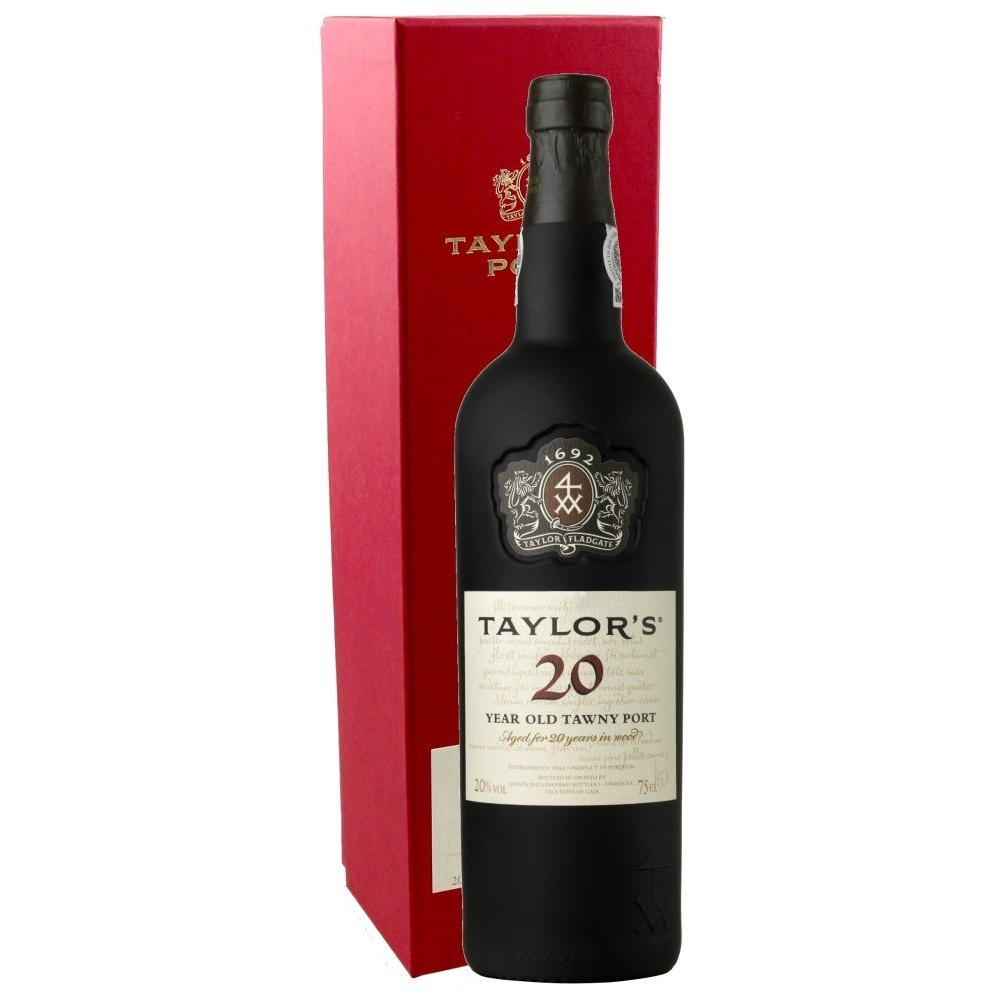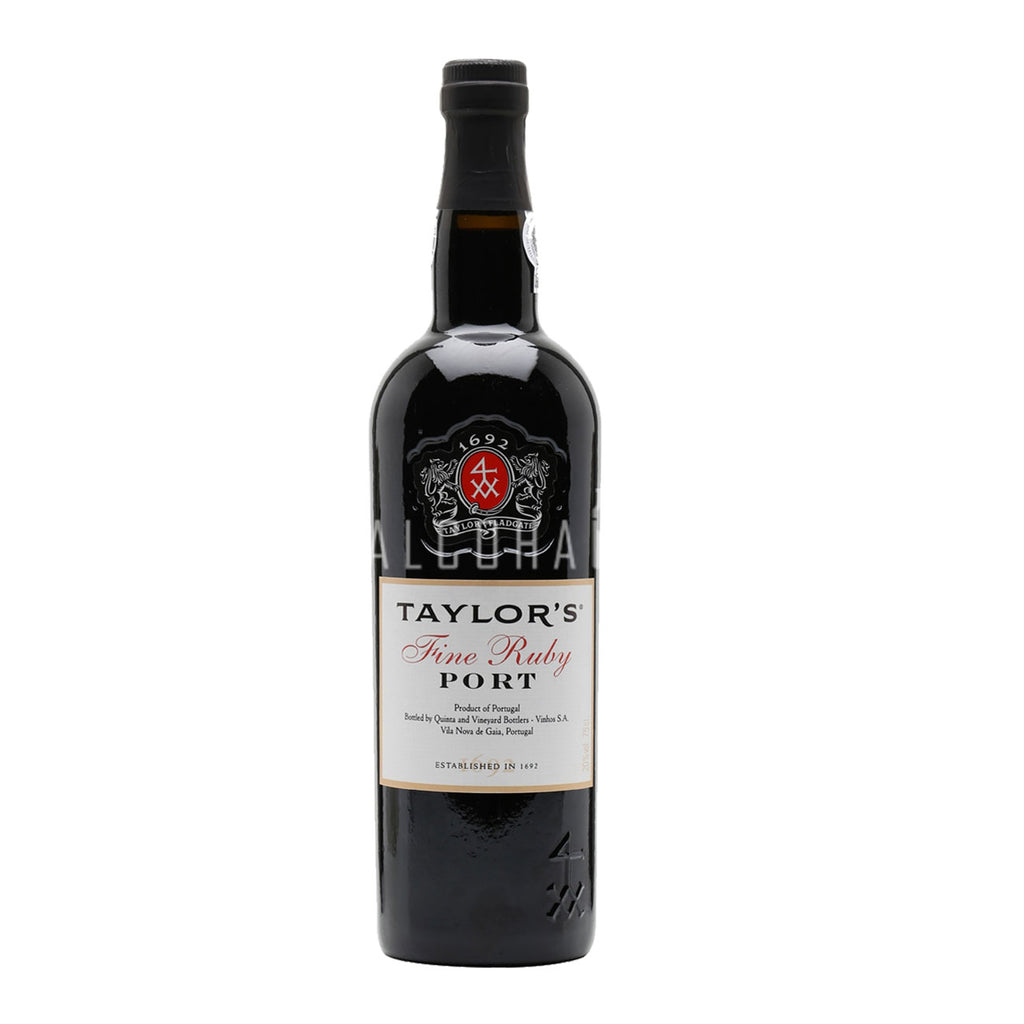
All port wine will eventually lose its color but the speed in which it does so is determined by how its aged.ĭepending on the ageing process, port can be classified into two basic types – wood-aged port and bottle-aged port. When left long enough, port wine loses its deep red color and becomes the amber-hued style of port known as tawny. Port aged in wooden casks for example, will mature more rapidly than port kept in bottles. It used to be shipped on the Douro River on special boats called “barcos rabelos”, but all shipments are now done over land.Īlthough port wine is produced in the Douro Valley, it gets its name from Porto because this is where the wine is aged in casks or vats before being blended, bottled, and exported.īecause of its ageing potential, there are many different styles of port. Wine is kept at the winery in the Douro Valley for several months before being shipped to Porto’s Vila Nova de Gaia in the spring of the following year. This is what gives port its distinctive sweetness. The fermentation process is stopped before all the juice has been turned into alcohol, thereby preserving some of the natural sweetness of the grape. About 115 liters of 77% alcohol brandy is added to 435 liters of fermenting wine. When about half of the grape juice’s natural sugars have been turned into alcohol, brandy is poured into the wine to begin the fortification process. The grapes are thoroughly crushed before the fermentation process begins. They’re harvested by hand around mid-September and taken to the winery for crushing.Īfter being inspected and de-stemmed, the grapes are placed in granite treading tanks known as “lagares” where they’re trodden by foot. The best known varieties include Touriga Francesa, Touriga Nacional, and Tinta Roriz, most of which produce small thick-skinned berries. Port is made from about thirty varieties of grape native to the Douro Valley. The Douro Valley is a protected region with the name “Douro” being an official appellation, so any wines labeled as “port” but produced outside of this region are not true port wines. This is due to the EU’s Protected Designation of Origin (PDO) guidelines.

Though similar styles of wine are produced in other parts of the world, wines need to be produced in Portugal from grapes grown in the Douro Valley to be labeled as “port”. It’s traditionally served with cheese at the end of Portuguese meals as a dessert wine, though some styles – like white port – can also be enjoyed as an aperitif. Port is typically made from red grapes though it does come in white varieties as well. It’s made by adding brandy to the wine as it ferments, giving it its characteristic sweetness. Purchases made through this Amazon link help support this site.Port wine, also known as vinho do Porto, is a Portuguese fortified wine produced exclusively from grapes grown in the Douro Valley in northern Portugal.

Note: Books noticed on The New York Almanack have been provided by their publishers. He is the author of Wine: The 8,000-Year-Old Story of the Wine Trade, The Complete Idiot’s Guide to Starting and Running a Winery and Timeless Bounty: Food and Wine in New York’s Finger Lakes.


Pellechia is an independent journalist and writer who previously produced wine in the Finger Lakes and operated a wine shop in Manhattan. In addition to providing important lessons for business innovators, Over a Barrel is a cautionary tale for a wine region that is repeating its formative history. Three more changes of corporate ownership followed until, in 1995, this once-dynamic and important wine producer was obliterated, tearing apart the local economy and changing a way of life that had lasted for nearly a century.ĭrawing on archival research as well as interviews with many of the principal players, Thomas Pellechia’s Over a Barrel: The Rise and Fall of New York’s Taylor Wine Company (SUNY Press, 2015) traces the economic dynamism of the Finger Lakes wine region, the passion and ingenuity of the Taylor family, and the shortsighted corporate takeover scenario that took down a once-proud American family company. Ranked sixth in domestic wine production and ripe for corporate takeover, the company was sold to Coca-Cola in 1977. in the Finger Lakes and took the company public. In 1962, the Taylor family purchased the Pleasant Valley Wine Co. Walter Taylor’s three sons carefully guided the company through Prohibition and beyond, making it the most important winery in the Northeast and profoundly affecting the people and community of Hammondsport, where the company was headquartered. Two years later, wine production was added, and by the 1920s, the Taylor Wine Company was firmly established. In 1880, Walter Stephen Taylor, a cooper’s son, started a commercial grape juice company in New York’s Finger Lakes region.


 0 kommentar(er)
0 kommentar(er)
